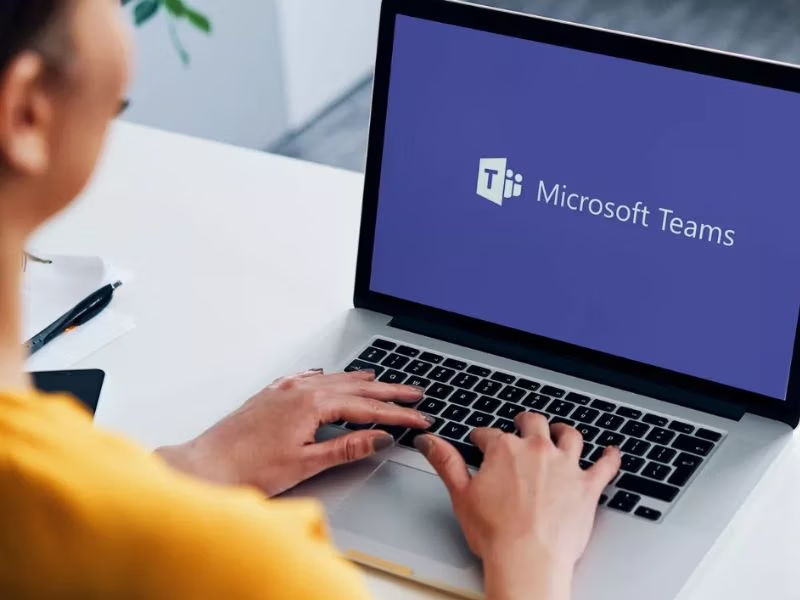Microsoft Teams is set to introduce a new feature that automatically detects whether employees are in the office by monitoring their connection to a company’s Wi-Fi network or a configured desk device. The feature, designed to streamline hybrid work management, will automatically update a user’s work status to “In the Office” or even specify the building location, eliminating the need for manual check-ins and check-outs. This could allow companies to better manage office space, optimize resources, and keep track of on-site presence more accurately.
The feature works in two ways: by detecting when a device connects to a known Wi-Fi network (via SSID/BSSID) or when it is plugged into a desk peripheral configured for tracking. Once activated, Teams updates the user’s presence status automatically, allowing colleagues and IT administrators to know who is physically in the office. This can simplify coordination for hybrid teams and reduce administrative tasks related to tracking attendance and workspace usage.
However, the feature has sparked concerns over employee privacy. Critics argue that automated tracking of staff presence may feel intrusive and resemble workplace surveillance, a topic that has raised debate in corporate environments for years. Employees are concerned that constant monitoring could affect trust and morale, especially if location data is accessed without clear guidelines or consent.
Microsoft has addressed some of these concerns, stating that the feature is off by default and requires both IT administrator setup and employee consent before location tracking can begin. The company emphasizes that transparency and clear communication are key for organizations considering the rollout. Policies must be established to ensure employees understand what data is being tracked and how it will be used.
The new Teams capability is expected to be available globally on Windows and macOS devices by December 2025. For companies managing hybrid workforces, it may offer a more efficient way to track office attendance and coordinate teams. For employees, however, it highlights the ongoing tension between productivity-enhancing technology and privacy considerations in the modern workplace.
As hybrid work becomes increasingly common, features like these demonstrate both the potential benefits and the challenges of digital monitoring. Organizations will need to balance operational efficiency with employee trust, making transparency and consent essential if such tools are to be successfully implemented.





